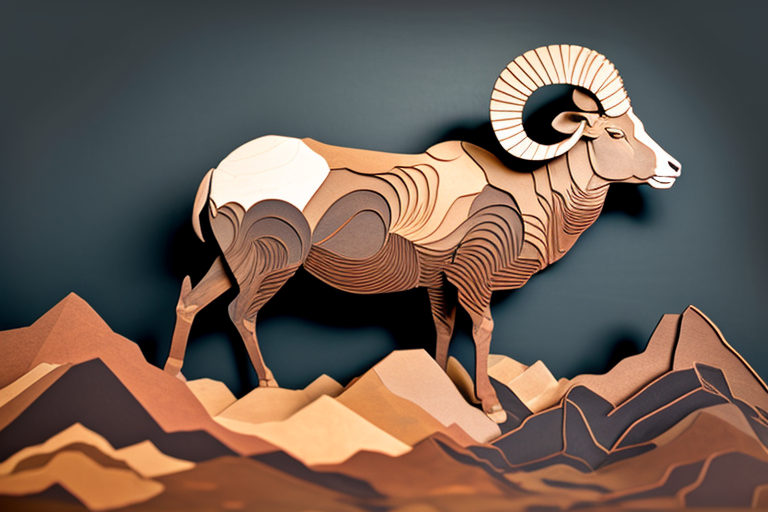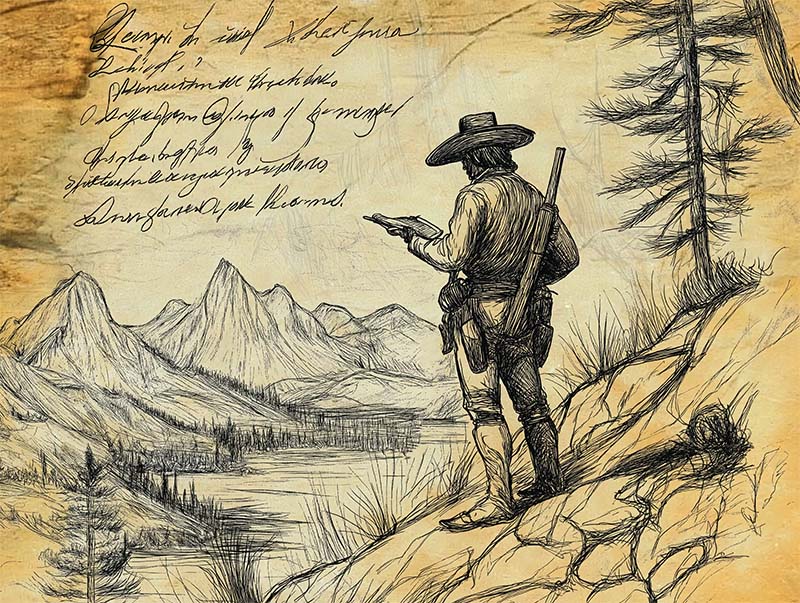The desert bighorn sheep, an emblem of resilience, thrives in some of the harshest environments on Earth. These majestic creatures are perfectly adapted to life in the arid regions of the American Southwest. With their striking curved horns and robust build, desert bighorn sheep are not only a marvel to behold but also a testament to nature’s ability to innovate in extreme conditions.
Living in rugged, rocky terrains, these sheep have evolved remarkable adaptations to conserve water and navigate steep, rocky slopes with agility. Their specialized hooves provide a strong grip on uneven surfaces, enabling them to evade predators and traverse treacherous cliffs with ease. In an environment where water is scarce, they have learned to obtain most of their hydration from the succulent plants they forage, and they are known to travel long distances between water sources when necessary.
Desert bighorn sheep play a critical role in the ecosystem. By grazing on native vegetation, they help maintain the delicate balance of the desert flora, ensuring that no single species dominates the landscape. This grazing behavior also contributes to the overall health of the desert environment by promoting biodiversity.
Today, conservation efforts are vital to protect these remarkable animals, whose populations have been challenged by habitat loss and human encroachment. Preserving their natural habitat not only secures the future of the desert bighorn sheep but also the survival of the unique desert ecosystems they help sustain. Their ability to flourish in one of nature’s toughest settings continues to inspire and remind us of the extraordinary adaptability of wildlife.


